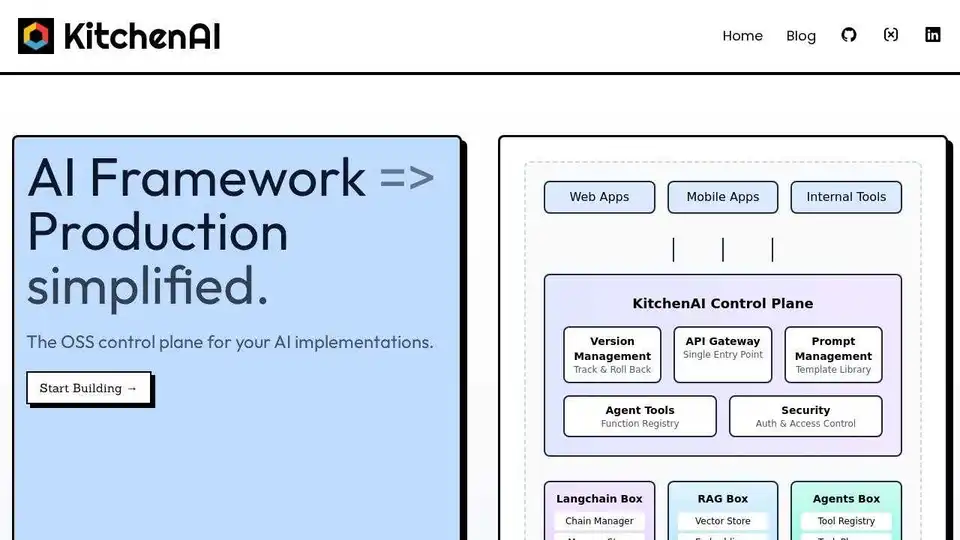
KitchenAI
Overview of KitchenAI
KitchenAI: Your Prompt Engineering Studio
KitchenAI is a platform designed to streamline the process of prompt engineering for AI models. It allows users to experiment with different AI models, test prompts, and deploy effective solutions. Currently in Beta v0.9.2, KitchenAI offers early access to developers and those interested in refining their AI workflows.
What is KitchenAI?
KitchenAI is a comprehensive studio that simplifies the creation, testing, and deployment of AI prompts. It offers a structured environment for prompt engineers to optimize their AI interactions.
How does KitchenAI work?
KitchenAI works by providing a user-friendly interface where you can:
- Create and Edit Prompts: Design and refine prompts using a system prompt editor.
- Test Prompts: Evaluate prompt performance using various AI models and configurations.
- Save Versions: Maintain a history of prompt versions for tracking improvements.
- Deploy Solutions: Integrate optimized prompts into your applications.
Key Features of KitchenAI:
- Prompt Configuration: Allows for detailed customization of system prompts and assistant examples.
- Model Settings: Supports a variety of AI models, including GPT-4, GPT-3.5-turbo, and Llama-2.
- Testing Environment: Provides a space to test prompts with different models and parameters such as temperature, top P, and max tokens.
- Version Control: Save and manage different versions of your prompts, enabling easy rollback and comparison.
Who is KitchenAI for?
KitchenAI is tailored for:
- Developers working with AI models
- Prompt engineers looking to optimize AI interactions
- Financial analysts seeking data-driven insights
- Technical writers needing assistance with documentation
Example Use Cases:
- Financial Analyst Assistant: Develop prompts that provide detailed, data-driven financial analysis for ride-sharing companies like Uber and Lyft. Focus on revenue growth, market share, and profitability metrics.
- Product Feature Summarizer: Create prompts that summarize product features concisely.
- Technical Documentation Writer: Design prompts that assist in writing technical documentation.
How to Use KitchenAI:
- Sign Up: Join the waitlist for early access.
- Explore the Interface: Familiarize yourself with the Prompt Engineering Studio.
- Create Prompts: Use the prompt editor to define system prompts and assistant examples.
- Configure Model Settings: Choose the desired AI model and adjust parameters.
- Test Prompts: Evaluate prompt performance and refine as needed.
- Save and Deploy: Save optimized prompts and deploy them in your applications.
Why is KitchenAI important?
KitchenAI is important because it:
- Enhances AI Workflow: Simplifies the creation and optimization of AI prompts.
- Improves AI Interaction: Enables more effective and accurate AI responses.
- Saves Time and Resources: Reduces the time and effort required for prompt engineering.
KitchenAI aims to be a tool that helps to harness the power of AI by making prompt engineering more accessible and efficient.
Getting Started with KitchenAI:
Early access to KitchenAI Beta v0.9.2 is now available. You can join the waitlist to get started and explore the platform's features.
The platform guides new users with a tour of the interface, showcasing how to experiment with AI models, test prompts, and deploy solutions.
Best Alternative Tools to "KitchenAI"
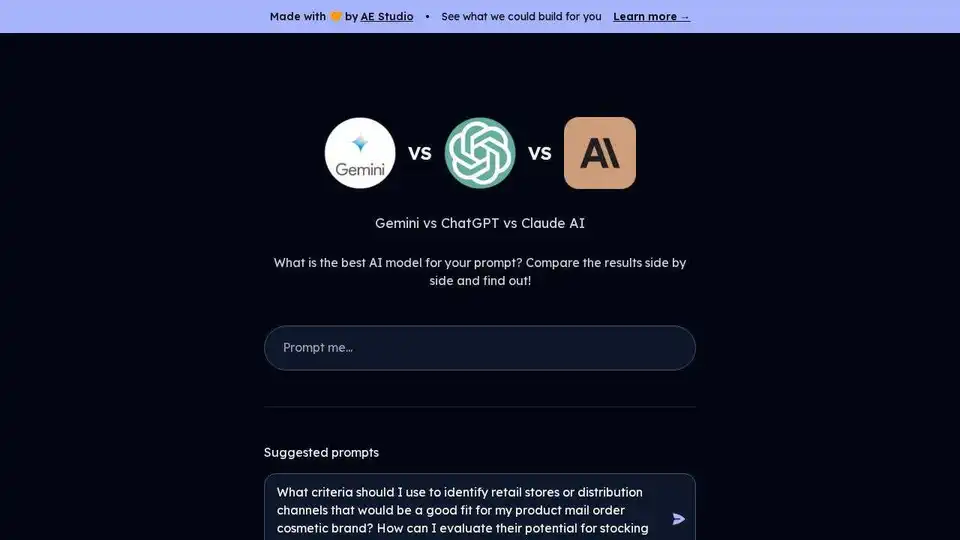
Compare and share side-by-side prompts with Google's Gemini Pro vs OpenAI's ChatGPT to find the best AI model for your needs.
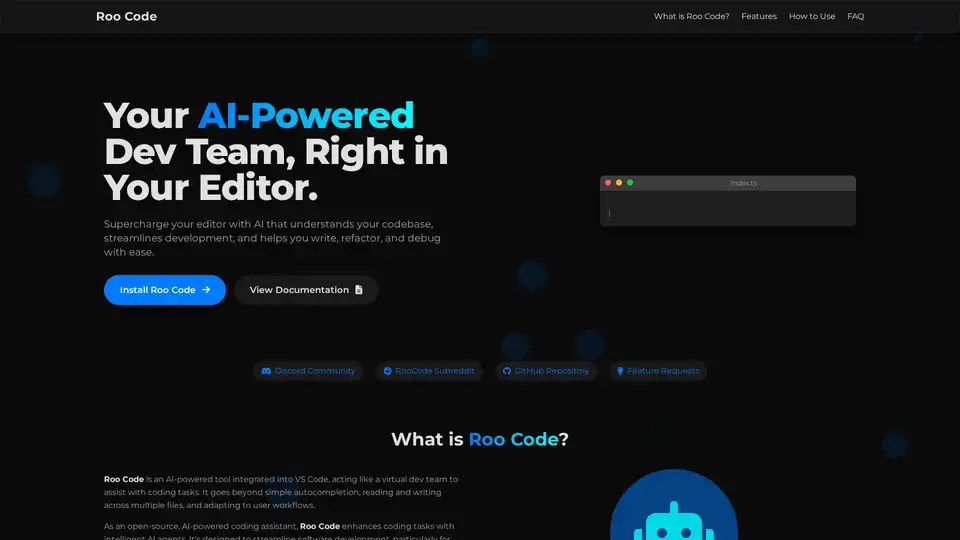
Roo Code is an open-source AI-powered coding assistant for VS Code, featuring AI agents for multi-file editing, debugging, and architecture. It supports various models, ensures privacy, and customizes to your workflow for efficient development.
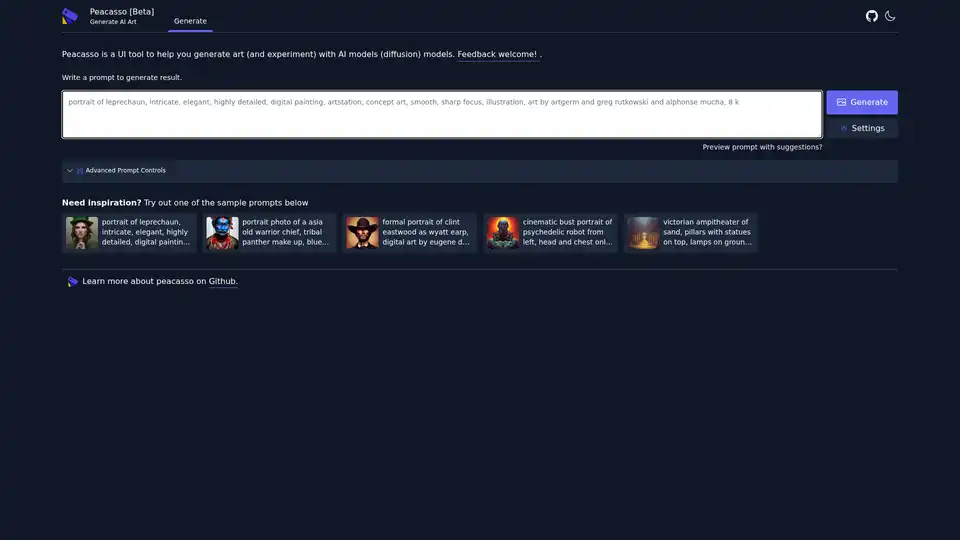
Peacasso is a beta UI tool for generating AI art with diffusion models. Craft prompts to create intricate digital paintings and concept art effortlessly, ideal for artists experimenting with AI creativity.
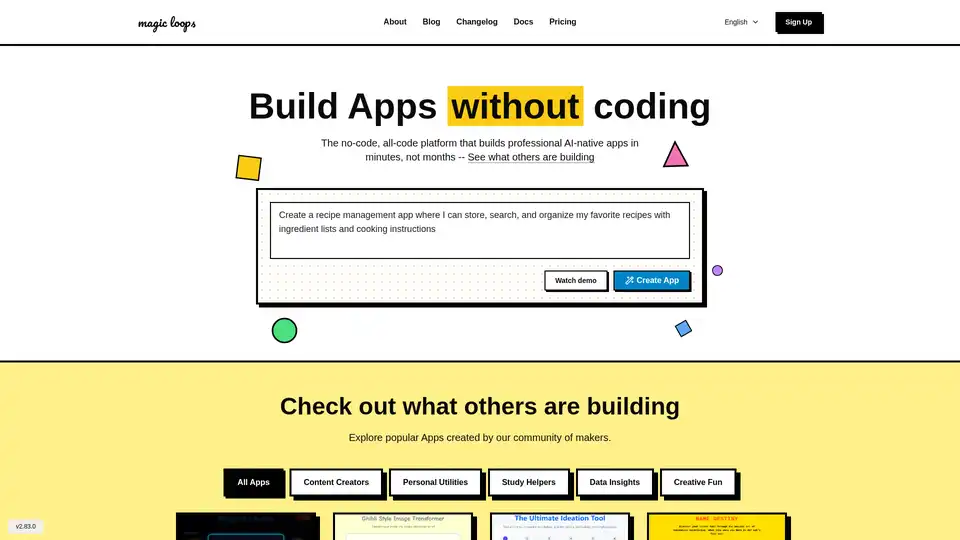
Magic Loops is a no-code platform that combines LLMs and code to build professional AI-native apps in minutes. Automate tasks, create custom tools, and explore community apps without any coding skills.
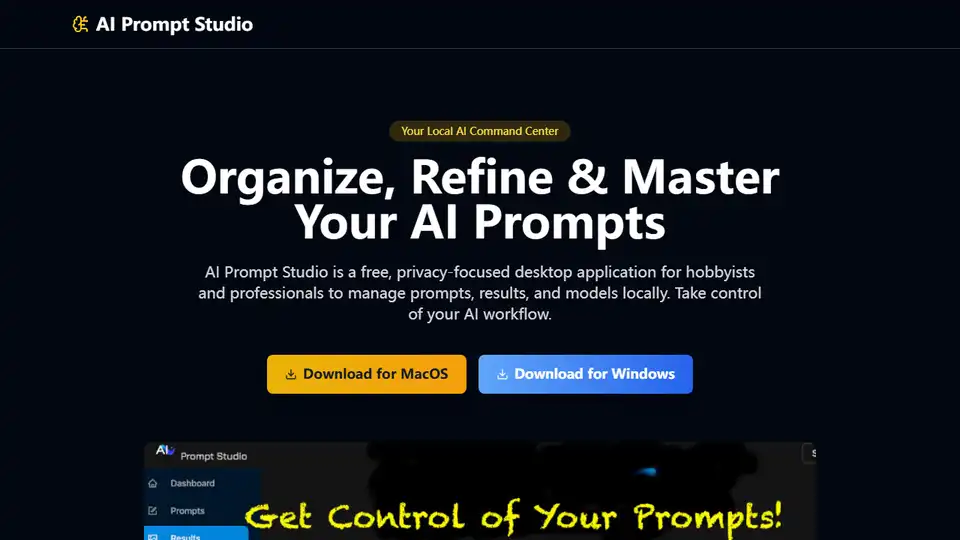
AI Prompt Studio is a free, privacy-focused desktop application to organize, refine, and master your AI prompts. Manage prompts, results, and models locally.
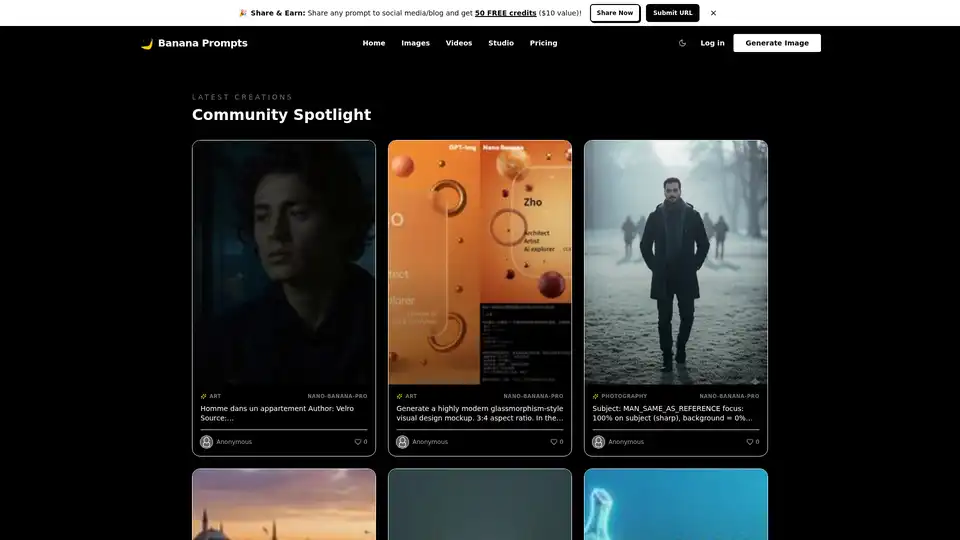
Banana Prompts is a community studio and gallery for AI prompt engineering. Browse, copy, remix cinematic art and video prompts with Nano Banana Pro models. Integrated studio for one-click generation, full transparency, and creator earnings.
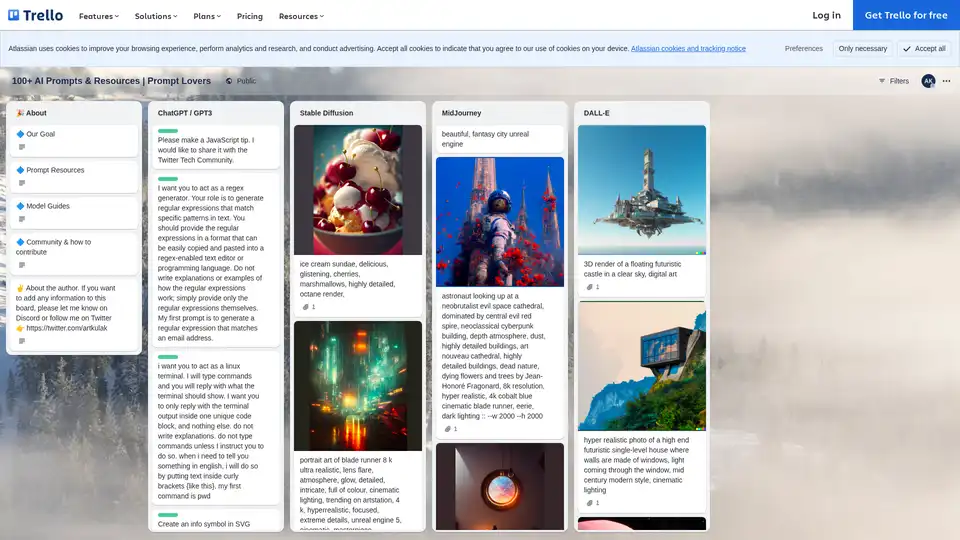
Explore the Prompt Lovers Trello board with 100+ AI prompts and resources for ChatGPT, Stable Diffusion, MidJourney, and DALL-E, ideal for writers, developers, and artists seeking creative inspiration.
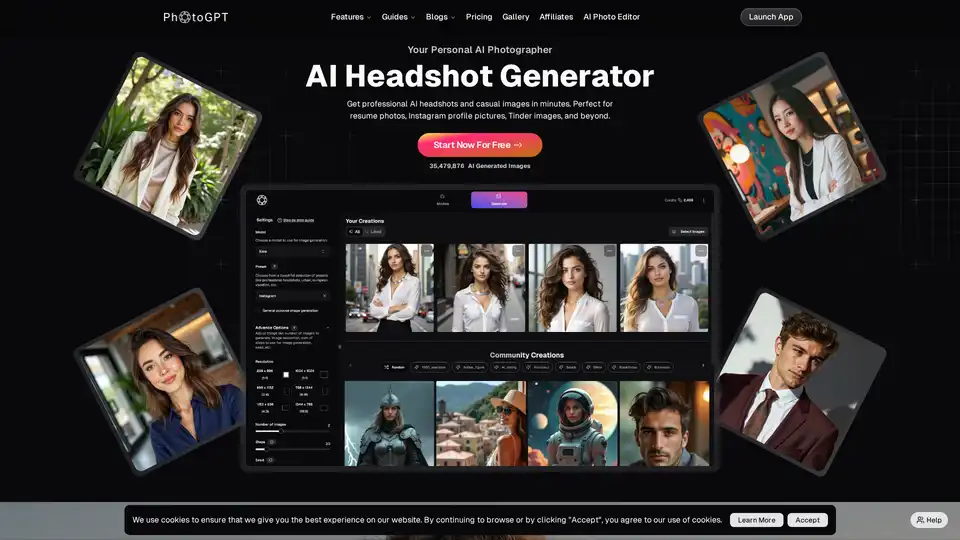
PhotoGPT is an AI photographer that creates realistic, personalized images and headshots from selfies. Train your own AI model and generate visuals in any style. Features include prompt assistance, image upscaling, and one-click styling.
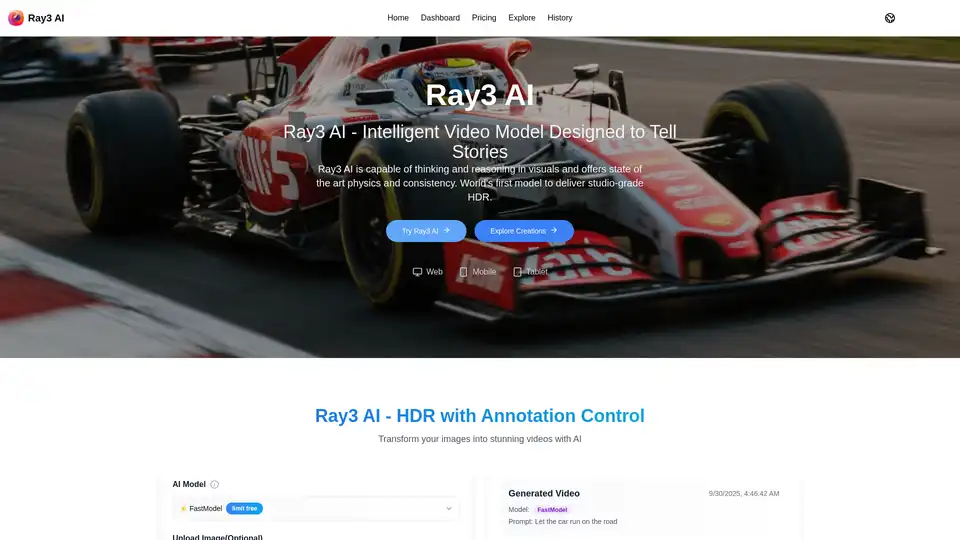
Ray3 AI is an intelligent video model by Luma Labs designed for studio-grade HDR videos. It features visual reasoning, state-of-the-art physics, and annotation tools for precise control.
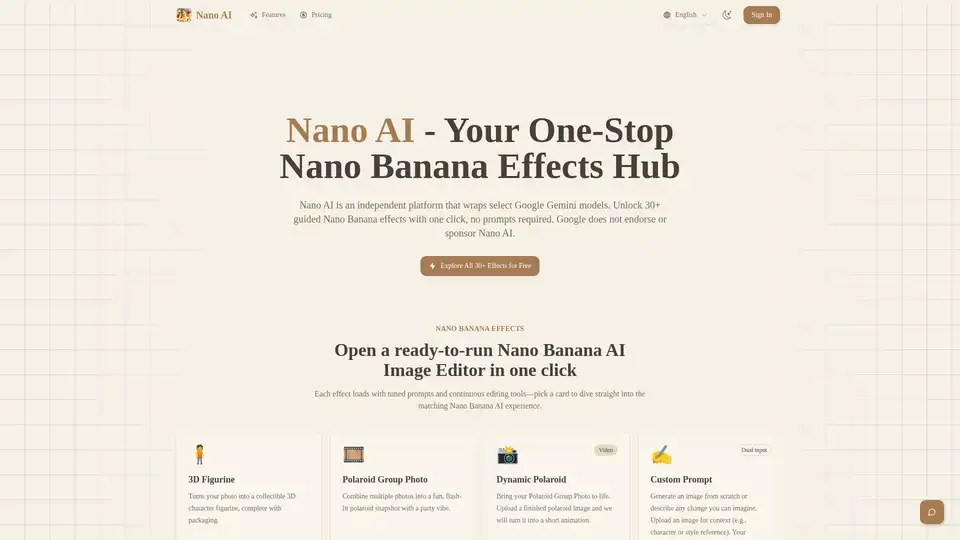
Nano AI is an all-in-one AI image editor offering 30+ Nano Banana effects. Edit photos with one click, no prompts needed. Includes 3D figurines, style transfers, and more. Try it free!
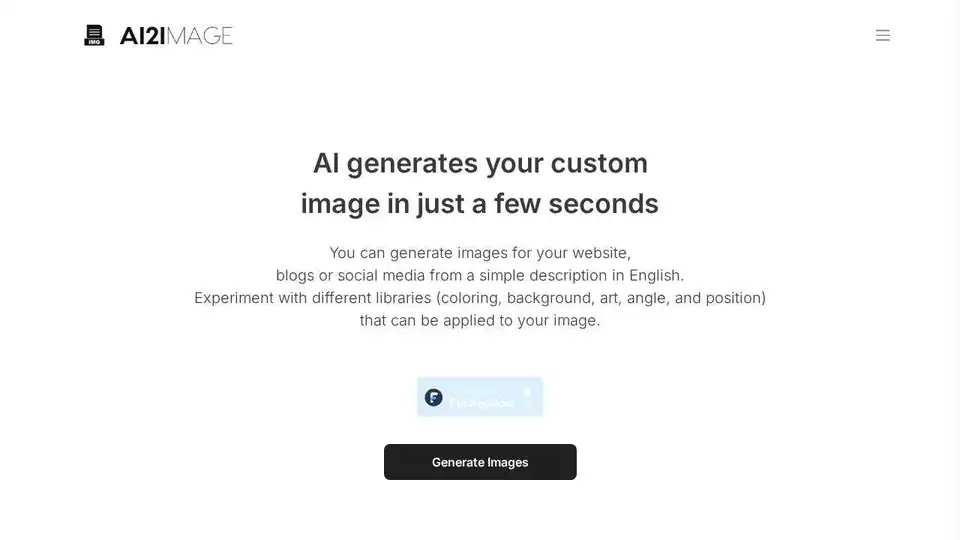
AI2image is a comprehensive directory for AI image generation prompts, specializing in Studio Ghibli style creations across multiple AI models including GPT-4o, DALL-E 3, and Midjourney.
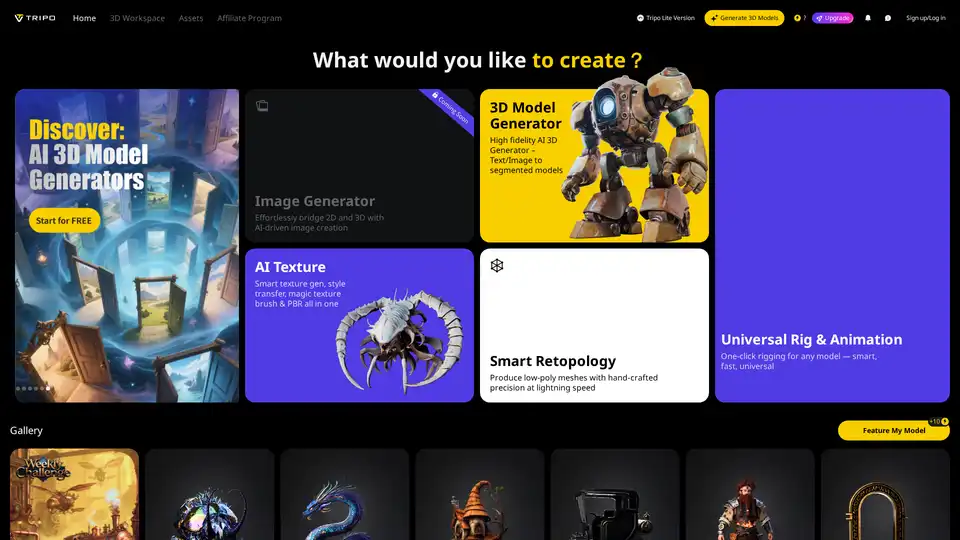
Tripo Studio is an AI-driven 3D workspace offering controllable generation of 3D models from text or images, with tools for texturing, retopology, rigging, and animation to streamline creator workflows.
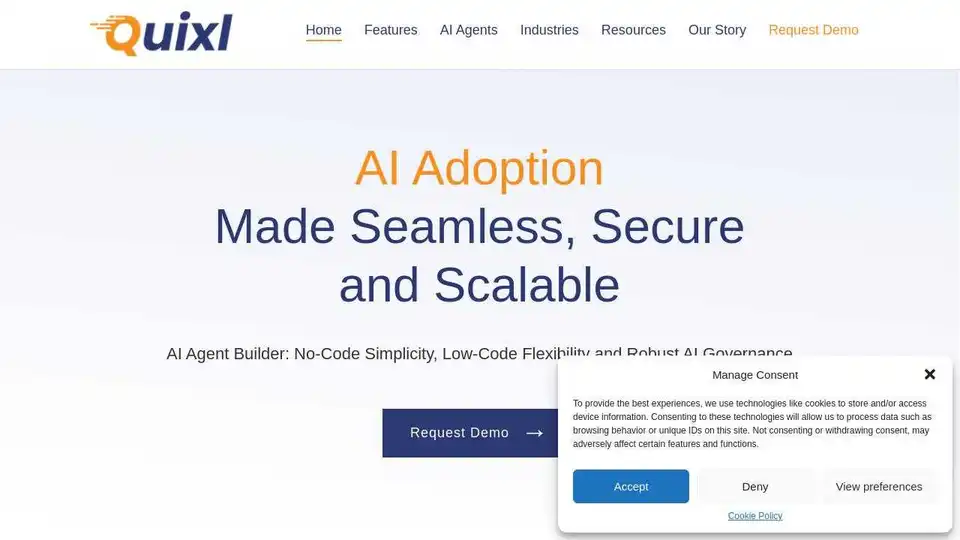
Quixl: No-code AI agent development platform empowers organizations to harness Gen AI to drive efficiency and transform operations.
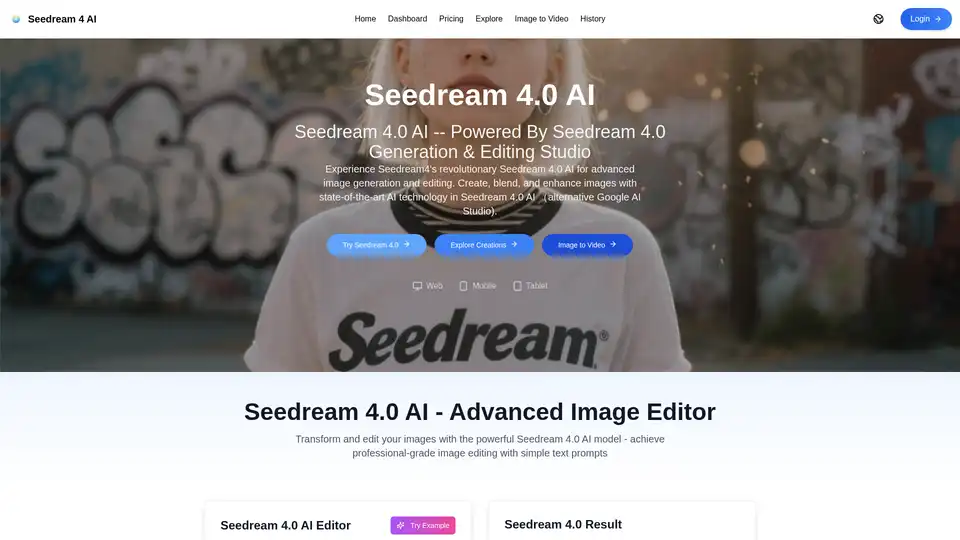
Experience Seedream 4.0 AI for advanced image generation and editing. Create, blend, and enhance images with AI. Achieve professional results with AI-powered transformations.
